
Focused Review: A role for ecophysiology in the ’omics’ era (Plant J.)
Plant Science Research WeeklyEcophysiology is the study of plant functioning as modulated by the environment (or, as described by one author, “outdoors physiology“). Flexas and Gago ask whether research (and training) in ecophysiology has been left behind somewhat by successes in -omics approaches, and from a Web of Science…
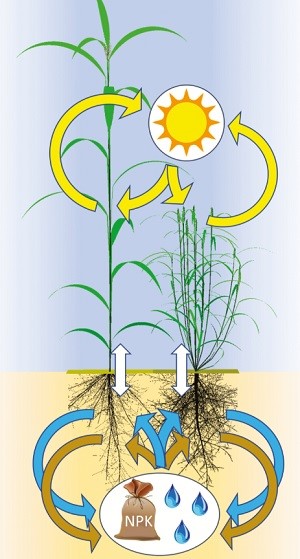
Functional-structural plant modeling to understand species mixtures (J Exp Bot)
Plant Science Research WeeklyMixing different plant species in a single field increases productivity by exploiting species complementarities for capturing resources (i.e. water, nutrients, sunlight). Both competition avoidance responses and individual organ accommodations to the changing environment contribute to this complementarity.…
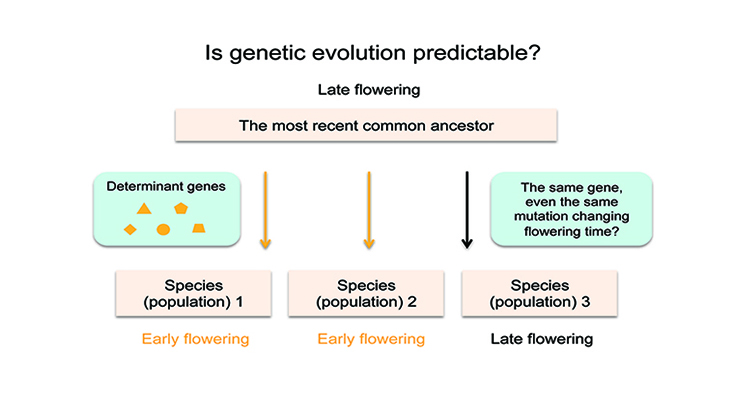
Is Genetic Evolution Predictable?
Research, The Plant Cell, The Plant Cell: In a NutshellYang et al. investigate the evolution of flowering time in the young species Capsella rubella. https://doi.org/10.1105/tpc.18.00124
Background: Flowering time is an important adaptive life-history trait in plants. Capsella rubella, a close relative of Arabidopsis thaliana and—in evolutionary time—a…
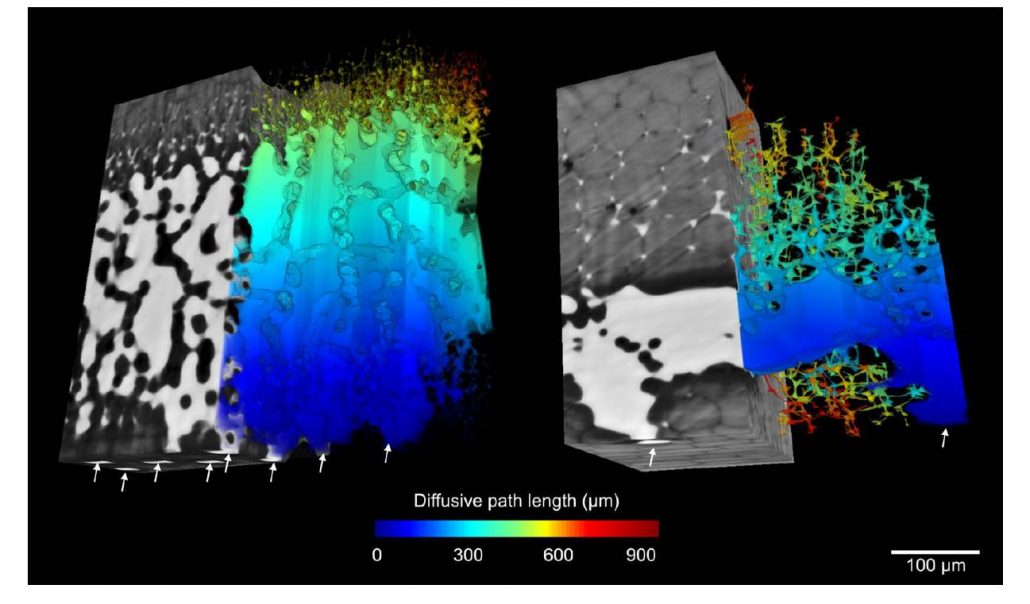
Variations in Leaf Intercellular Air Spaces
Blog, Plant Physiology, Plant Physiology: On The InsideDuring the course of evolution, the invasion of lands by plants exposed plant tissues to air,
which dramatically lowered the resistance for CO2 diffusion to chloroplasts by ~10,000-fold. The evolutionary development of the leaf intercellular airspace was a key innovation that allowed land plants…

Natural Variation Reveals Interplay between C4 Biology and Water Use Efficiency
Plant Physiology, Plant Physiology: News and ViewsThe year 2016 marked a half-century since the discovery of C4 photosynthesis, yet we still seek to elucidate many of the mechanisms underpinning the C4 cycle. Although C4 and C3 plants share molecular units involved in photosynthesis (Miyao, 2003; Kellogg, 2013), C4 plants have unique morphological traits…

Low Xylem Vulnerability in Oaks
Plant Physiology, Plant Physiology: On The InsideUnder conditions of drought stress, the continuous column of water in the plant xylem experiences increasing tension caused by declining water potential at the sites of evaporation. Eventually, air is drawn into the water transport system, forming embolisms in the xylem conduits. Although plants have…
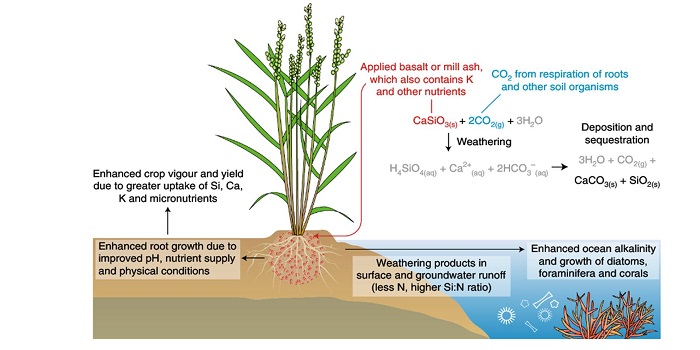
Perspective: Farming with crops and rocks to address global climate, food and soil security (Nature Plants)
Plant Science Research WeeklyRising atmospheric CO2 levels are causing wide-ranging climate abnormalities. Beerling et al. discuss ways to capture CO2 in soils through augmenting soils with crushed basalt, or silicate-rich wastes such as sugarcane mill ash. As the added rock weathers, it reacts with gaseous CO2 to release cations…

Genomewide association study of ionomic traits on diverse soybean populations from germplasm collections
Plant Science Research WeeklyGermplasm collections are invaluable resources for plant science and the elemental content of the seeds is a strong indication of the plant’s response to its specific environment. In this study, Ziegler et al. have selected 1,653 soybean accessions from the USDA Soybean Germplasm Collection and seeds…
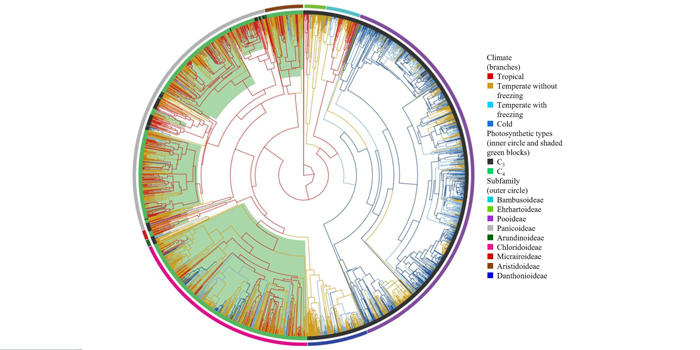
C4 photosynthesis evolved in warm climates but promoted migration to cooler ones
Blog, Plant Science Research Weekly, Research, Research BlogEcol. Lett. C4 photosynthesis represents a biochemical CO2-concentrating mechanism that increases Rubisco-mediated carboxylation of RuBP and reduces photorespiration. However, there is an energy cost associated with C4 photosynthesis, and so it is presumed to become advantageous over C3 photosynthesis…

